If you are one of the many people who suffer from headaches or migraines, you likely have found that over-the-counter medication and rest doesn’t always do the trick, nor does it get to the root cause of the issue. This is why many people are turning to acupuncture to help relieve their migraines and headaches.
What is Acupuncture?
Acupuncture is an ancient Chinese medicine-based approach to treating a variety of health conditions by triggering specific points on the skin with very fine needles.This treatment modality dates back over two thousand years and its popularity is increasing within the health sector. It works by stimulating nerve-rich areas of the skin in order to influence tissues, glands, organs, and various functions of the body to trigger the healing response and help bring the body back into balance.
How does acupuncture help headaches and migraine pain?
Acupuncture works by initiating the body’s self-healing response, and works on treating the root cause, rather than solely alleviating symptoms for a short period of time.
Acupuncture helps by:
Relaxing tension
releasing tight muscles
deactivating trigger points in the neck and shoulders, and head.
Releases endorphins and activates pathways in the brain to turn off pain signals.
Stimulates the circulatory system to improve blood flow
When treating someone for headaches and migraine pain, an acupuncturist will place needles in multiple pressure points over the body, including those on the head and neck. These needles release endorphins and other hormones, stimulating the circulatory system—a part of what helps weaken headache pain.
Headache and migraine patients are encouraged to have six to eight weekly acupuncture sessions. Your acupuncturist might also suggest dietary changes to help relieve headache symptoms. For example: Caffeine can worsen the frequency and strength of headaches and migraine, and some acupuncturists believe it disrupts the flow of qi (energy) in the body.
What to expect at an acupuncture appointment
The appointment often begins with the acupuncturist asking about your medical history and symptoms and discussing your goals for the acupuncture session.
In addition, they may palpate your pulse and also look at your tongue. This is a way for them to find any imbalances in your body.
Based on their findings, they’ll choose the appropriate points to insert needles. They’ll typically treat what’s bothering you, plus any other underlying conditions that may be connected to your main health complaint.
You’ll lie down and the acupuncturist will put needles into various points on your body, called meridians. These are energy channels in the body. The acupuncturist puts needles into those meridians to help regulate and move the body back to homeostasis, or wellness.
Typically, sessions may go for 45 minutes to an hour depending on your treatment. The acupuncturist will usually put on quiet music to help you relax. They’ll check on you throughout your session to make sure you’re comfortable. Many patients actually fall asleep during the treatment as acupuncture is also great for relaxation.


